The World Heath Organisation (WHO) defines e-health as “the cost effective and secured use of information and communications technologies in healthcare.” There are many applications of e-health, such as patient record management, remote monitoring of patients, education of health professional, decision support system for doctors to prescribe medicine.
With the advancement in health care and living standards, the life expectancy of people in developed economies has greatly improved. At the same time, we can see a growing trend in chronic diseases which are closely associated with ageing. Some experts estimate that 1/3 of the population in developed economies could have some kind of chronic diseases, such as diabetes, hypertension, dementia and depression. The associated medical cost is very high. In some countries close to 3/4 of medical cost are spent on patients with chronic diseases. As Hong Kong moves into an ageing society, e-health provides a new model and cost effective approach to health care, particularly in treating and supporting people with chronic disease.
With the advancement of wearable heath devices, self-management is much easier because these devices could monitor and record these health parameters automatically. For example, an e-health company in Europe has developed a watch like device that will monitor the sleep pattern and physical activities of the user. With a sophisticated algorithm behind, it can send alert to caregiver when it detects something wrong had happened to the user.
3. Community care of elderly
Many elderly have installed emergency alert system in their homes, which is often a device with an alert button. It requires the user to press the button and call for help from a call centre.
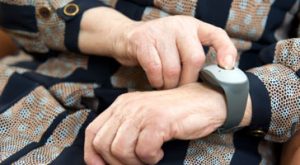



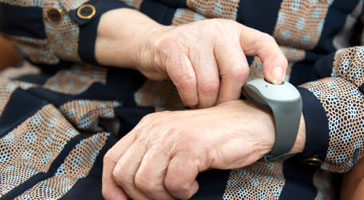
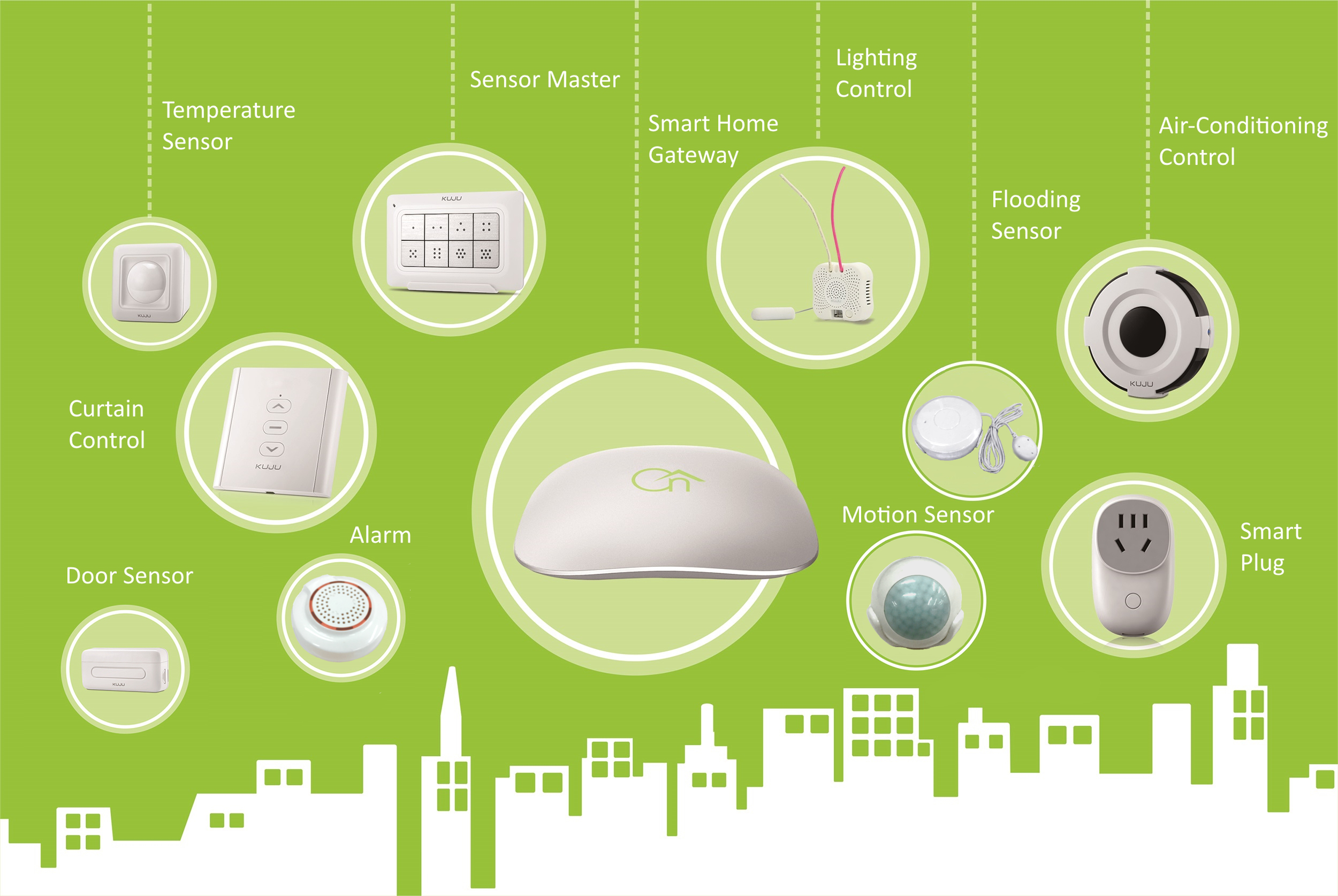

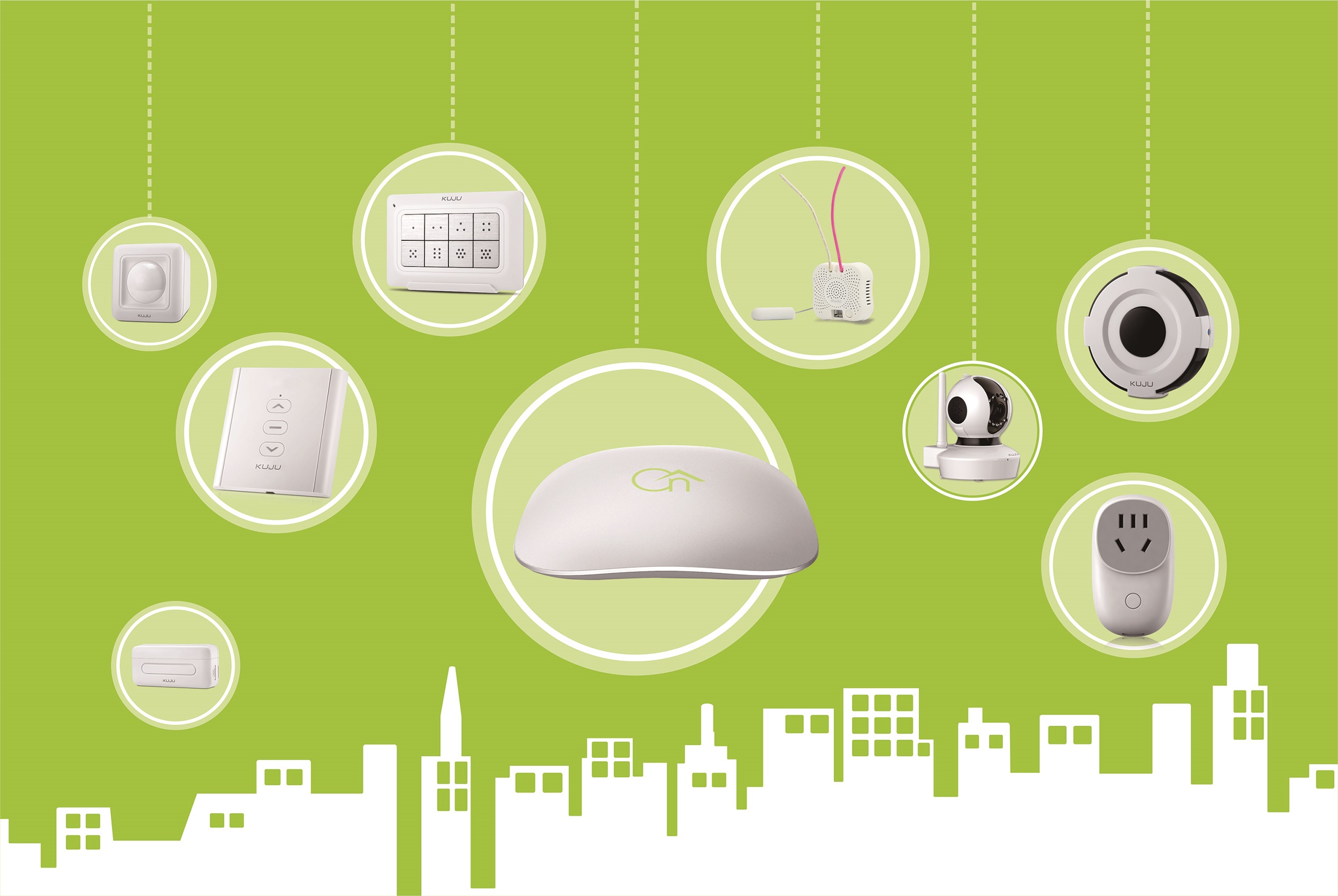
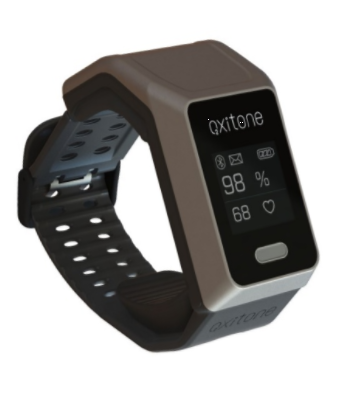

Leave A Comment